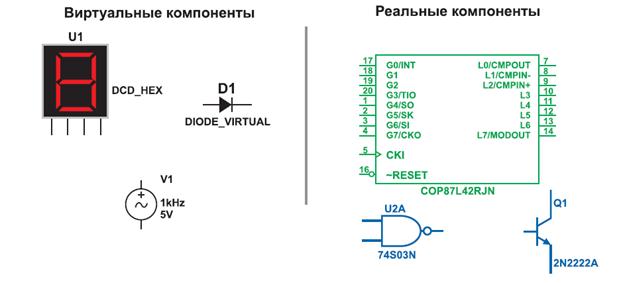Grammar for Unit 3
2. 1. of; 2. had; 3. was; 4. commit; 5. be; 6. of; 7. were; 8. to; 9. been; 10. the; 11. was; 12. of; 13. was; 14. for; 15. were; 16. to
UNIT 4 Lead-in: Chief Constable; Chief Inspector; Criminal Investigation Department; detective; Drugs Squad; firearms; Home Secretary; Sergeant; Traffic warden; interrogation; scene of crime; search; police community support officer; senior officers; assessment tests; vetting procedure; ensure public safety; honesty; school liaison officer; internal investigations Task 1: 1.g; 2. c; 3. f; 4. h; 5. a; 6. b; 7. e; 8. d; 9. j; 10. i Task 2: 1 – a; 2 – b; 3 – b; 4- a; 5 –b; 6 – b; 7 – b; 8 – a; 10 – b Task 3: 1. amalgamation of forces; 2. local Magistrates/ approved/ Home Secretary; 3. ultimately responsible; 4. is headed/ commissioner; 5. undergo; 6. ranks/ initial/ Superintendent/ Assistant Chief Constable; 7. probationary period; 8. entry requirements; 9. full-time attendance; 10. under supervision Task 4: 1. F; 2. F; 3. T; 4. F; 5. T; 6. T; 7. F; 8. T; 9. F; 10. F Task 5: educational requirements; graduates; pre-entry experience; community; volunteer; police community support officer; special Constable; powers; ensure public safety; disorder; senior officers; key challenges; effective communication skills; responsibility; resilience; problem-solving skills; confident; literacy; diversity; teamworking skills; honesty; trustworthiness; sound judgment; to act with resolve; restraint; entrance criteria; assessment tests; information handling skills; vetting procedures; minor conviction; ineligible Task 6: 1. citizenship; 2. age; 3. education; 4. driver’s license; 5. background investigation; 6. health exam; 7. character check; 8. firearm eligibility; 9. training course; 10. examinations; 11. local residence Task 8: 1. requirements; 2. literacy; 3. restrictions; 4. examination; 5. assessment; 6. recruit; 7. application; 8. eligibility; 9. writtenl 10. competitive; 11. applicants; 12. medical; 13. exceed; 14. daily; 15. examinations; 16. appointment; 17. refernces; 18. security Task 9: 1. If you are arrested, you are taken to a police station and held in custody and questioned. 2. This means you lose your right to freedom until you are charged or released. 3. The custody officer at the police station must tell you why you are being held and explain what your rights are. 4. You will be searched and any possessions you have will be temporarily taken off you while you are in the cell. 5. The police can’t normally hold you for more than 24 hours without charging you with a crime. 6. If you are suspected of committing a serious crime, the period of custody can be extended by. 7. After this time, the police must either charge you or release you. 8. The police will question you about the offence they suspect you of committing. 9. The interview will be recorded. 10. Before the police ask you any questions, they have to warn you what can happen if you decide not to answer. 11. This is called the ‘police caution’. 12. If necessary, a police officer or legal advisor can explain what this means. 13. While at the police station, you have the right to free legal advice. 14. The police have the right to take your fingerprints, photographs and a DNA sample. You cannot refuse to let them do this. 15. Information from fingerprints and samples are stored in a police database and may be used to identify you if you’re arrested again.
|




